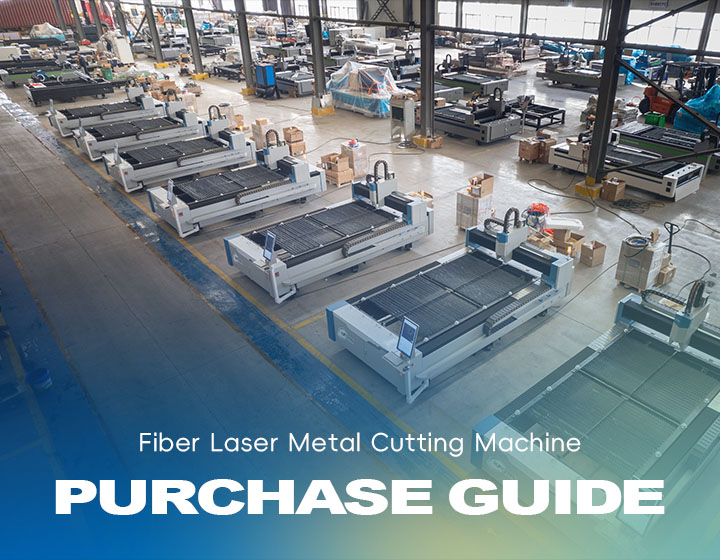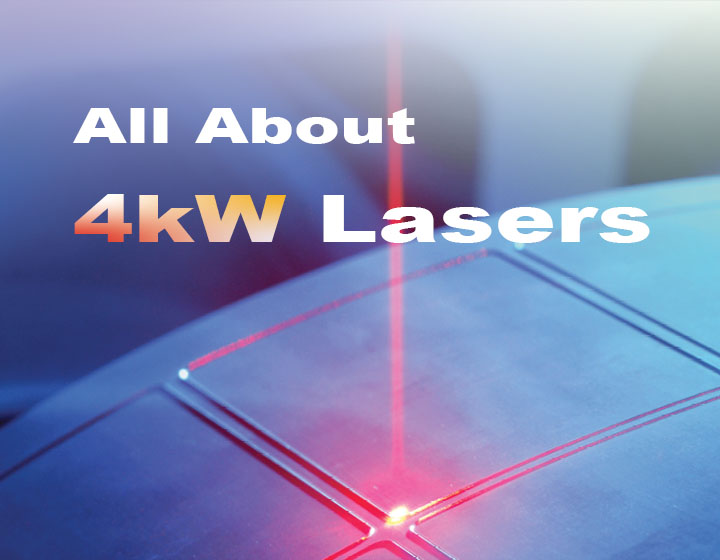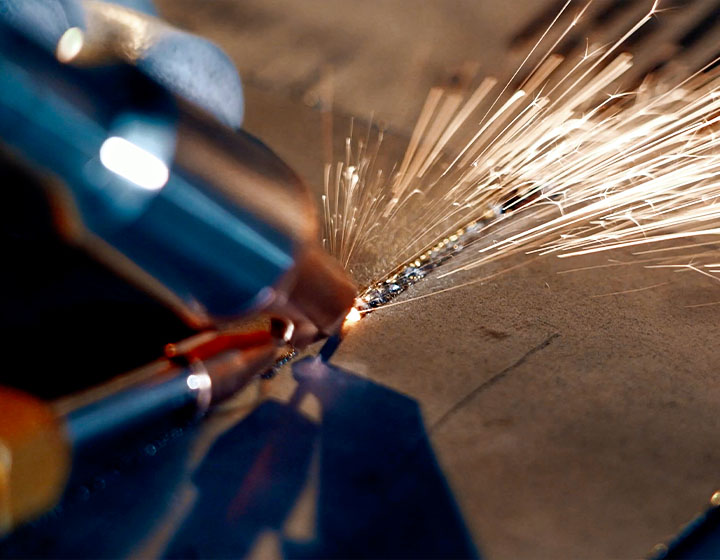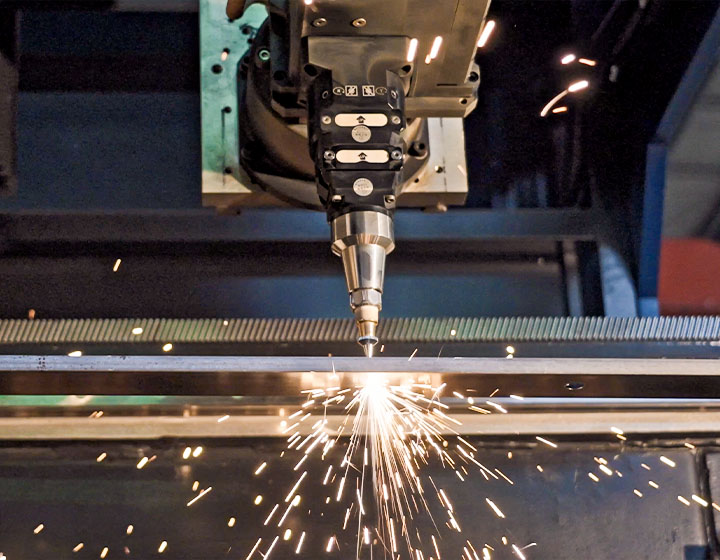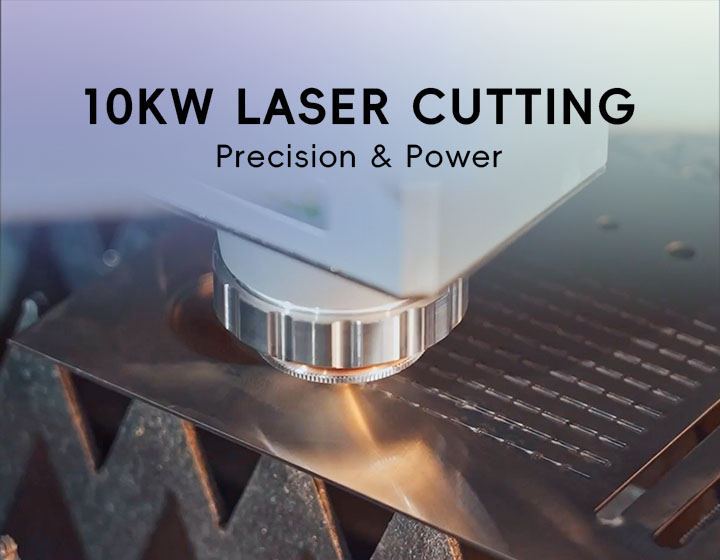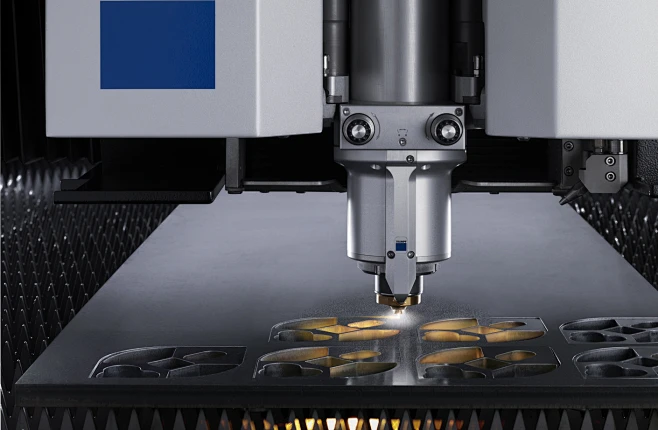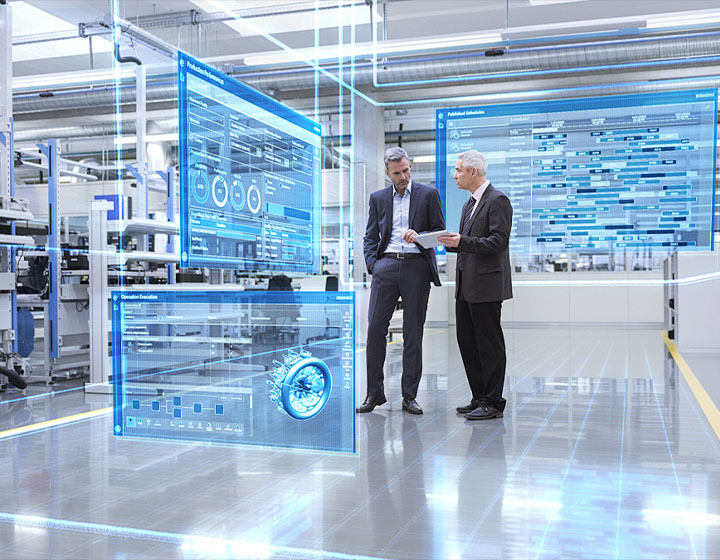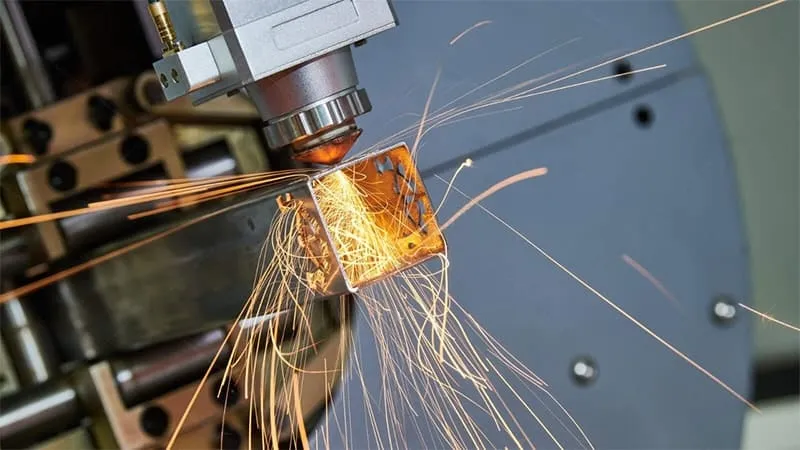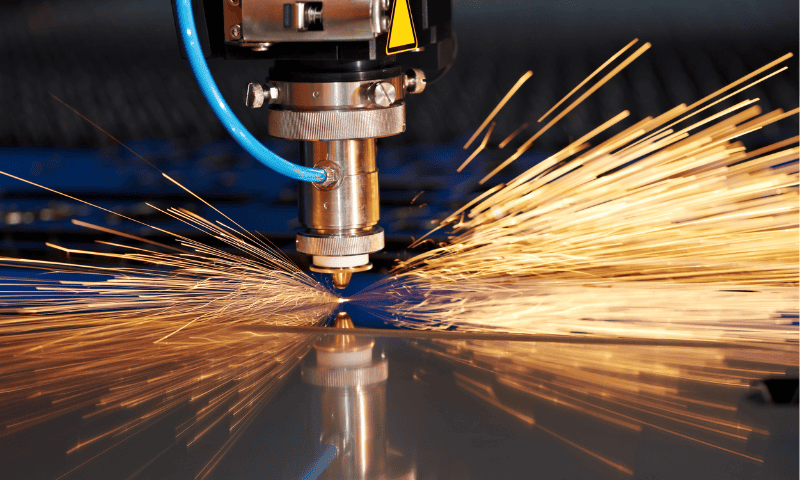News
Mastering Metal Cutting Machinery Laser: Everything You Need to Know
You can share this article to:
The world of metal cutting machinery laser is a fascinating blend of innovation, precision, and efficiency. As industries evolve to meet growing demands for accuracy and sustainability, laser technology has emerged as a game-changer, redefining how metal is processed across sectors like automotive, aerospace, and manufacturing.
Imagine a single machine capable of slicing through dense metal sheets with pinpoint precision, creating intricate designs, and delivering results at lightning speed. This isn’t the future—it’s the present, made possible by advancements in laser cutting technology. In this comprehensive guide, we’ll dive deep into the world of laser metal cutting, exploring its mechanics, applications, benefits, and much more.
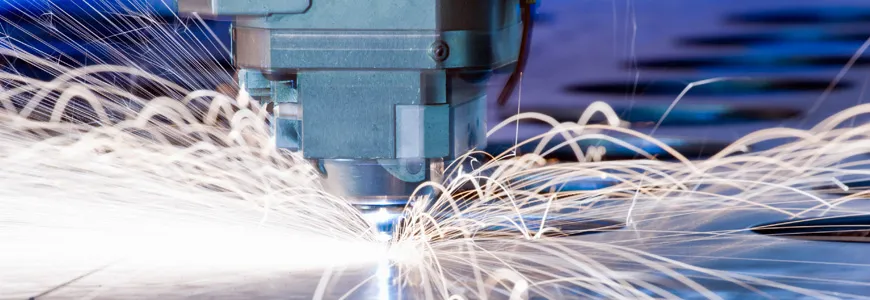
1.What is Laser Metal Cutting?
Laser metal cutting is a high-precision process that uses a focused laser beam to cut, melt, or vaporize metal materials. Unlike traditional cutting methods, laser cutting offers unmatched precision, allowing manufacturers to achieve intricate designs and seamless edges. It is widely adopted in industries that demand both speed and accuracy.
At its core, laser cutting works by concentrating light energy into a highly focused beam. This beam is directed at the metal surface, heating it to extreme temperatures that cause it to melt or vaporize. The process is guided by advanced CNC (Computer Numerical Control) systems, ensuring precision down to the micrometer level.
☟ The following video will help you understand laser metal cutting more intuitively.
2.Why is Laser Metal Cutting a Game-Changer?
Traditional metal cutting techniques like sawing, milling, and plasma cutting often fall short in terms of precision, speed, and versatility. Metal cutting machinery laser offers several distinct advantages:
1.Unmatched Precision:
Achieve cuts as fine as 0.1mm with minimal material wastage.
2.Versatility:
From stainless steel to aluminum, copper, and even titanium, lasers can handle a wide range of materials.
3.Speed and Efficiency:
Laser cutting machines can process complex designs at speeds that outpace traditional methods.
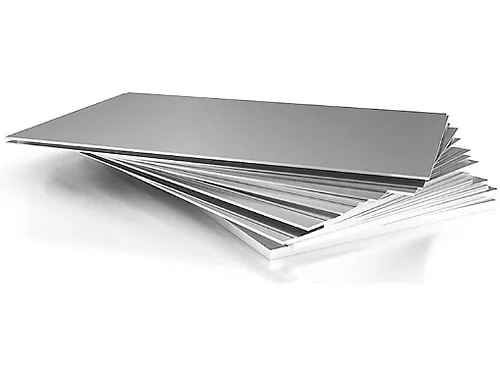
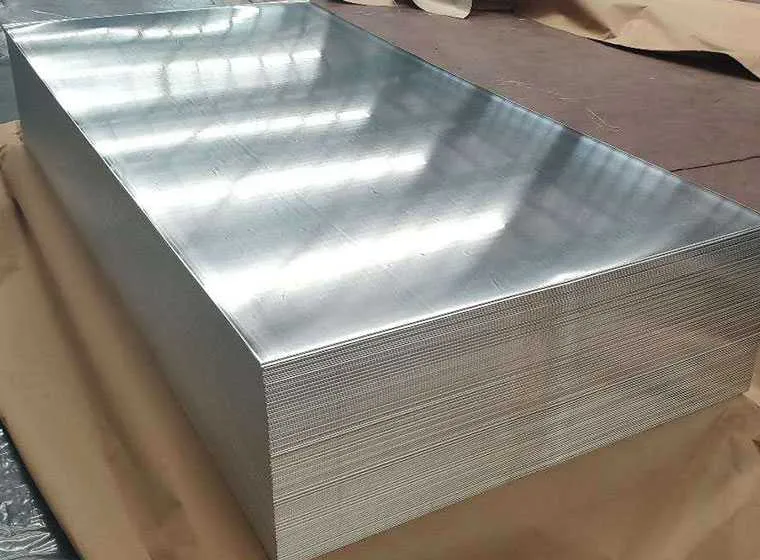
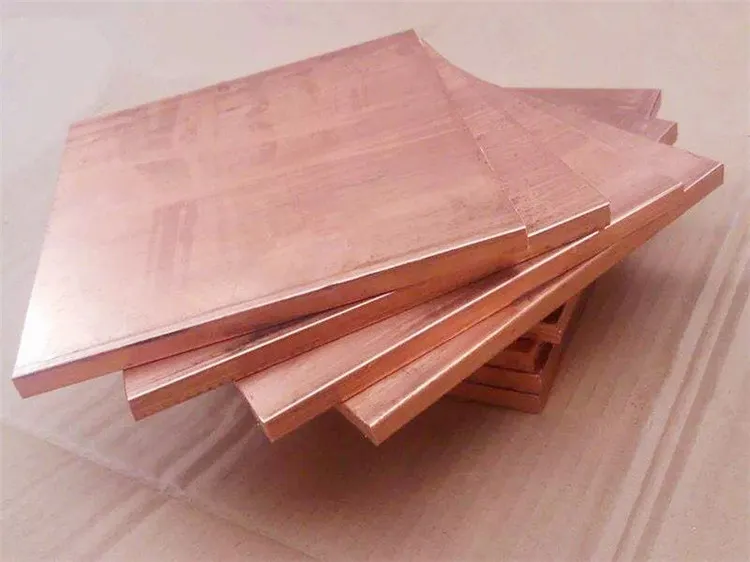
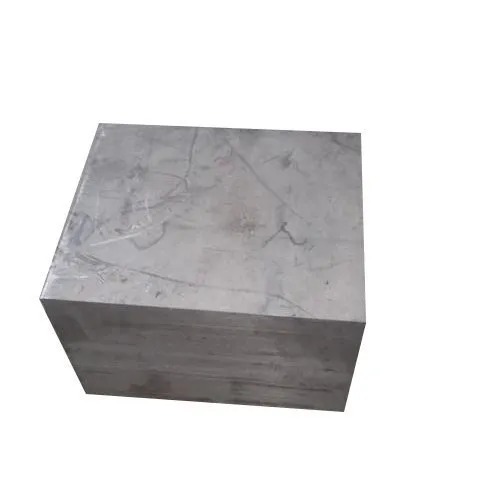
4.Environmental Benefits:
Reduced material wastage and energy efficiency make laser cutting a more sustainable option.
5.Automation-Friendly:
Integration with CNC systems allows for automated, high-volume production with minimal human intervention.
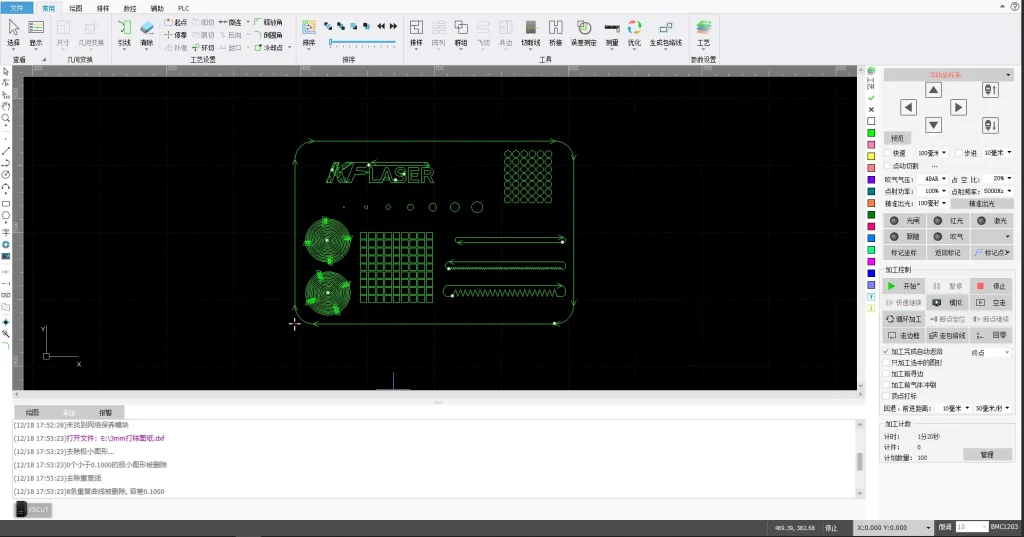
3.How Does Metal Laser Cutting Work?
To fully appreciate the capabilities of metal cutting machinery laser, it’s essential to understand its operation:
1.Preparation: The metal sheet is secured on the cutting bed, and the desired design is uploaded to the CNC system.
2.Laser Activation: A laser beam, generated by either a fiber or CO2 source, is focused on the metal surface.
3.Material Removal: The intense heat melts or vaporizes the material, while assist gases (like nitrogen or oxygen) blow away debris.
4.Precision Control: The CNC system guides the laser head along the programmed path, ensuring accurate cuts.
5.Post-Processing: The cut metal is cooled, cleaned, and prepared for further use.
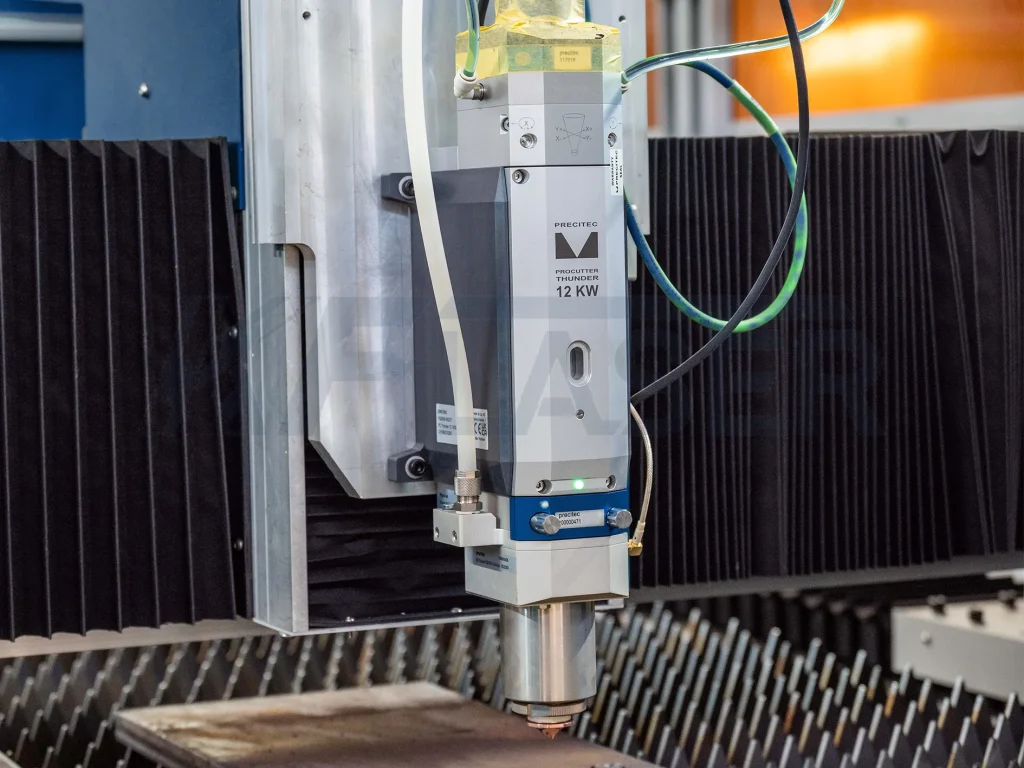

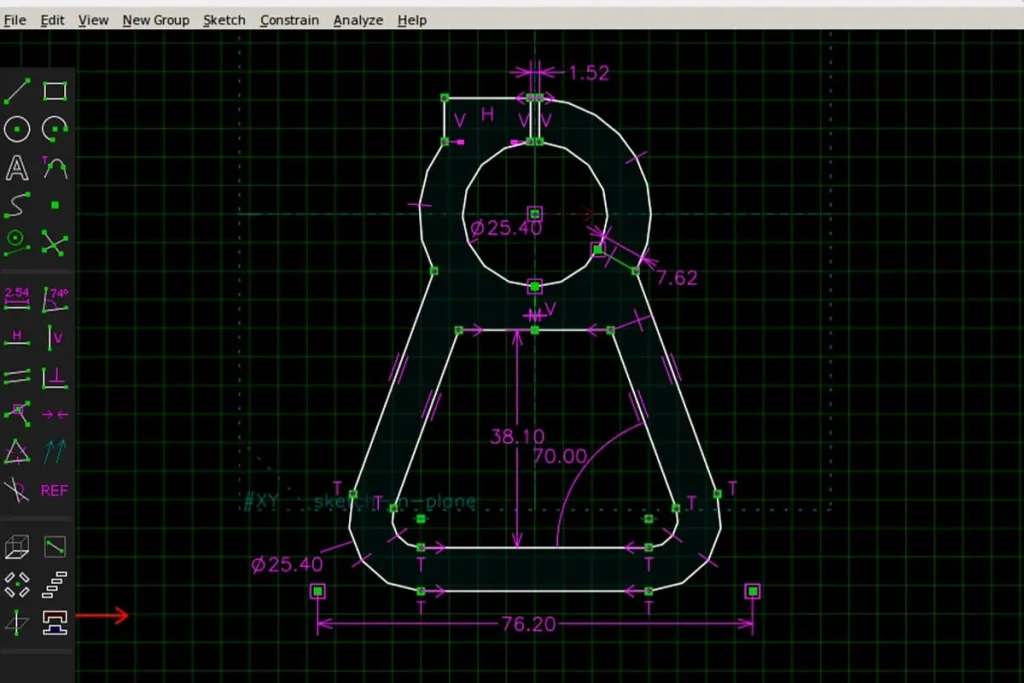
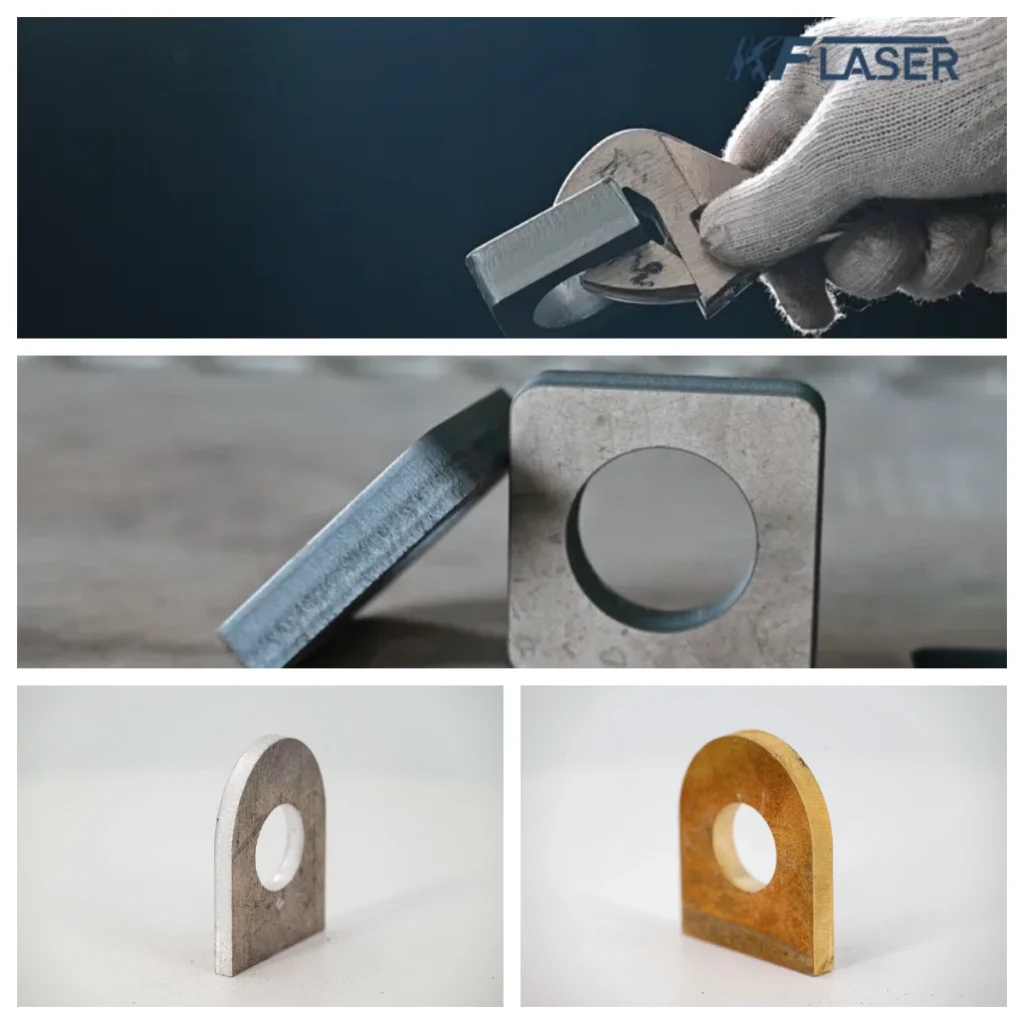
4.Types of Laser Cutting Machines
Choosing the right laser cutting machine depends on your specific needs. Here are the most commonly used types:
1. Fiber Laser Cutting Machines
Fiber lasers are the gold standard for metal cutting. They use a solid-state laser source, offering higher precision and efficiency compared to other types.
Advantages:
◆Ideal for cutting reflective metals like aluminum and copper.
◆Higher cutting speeds and energy efficiency.
◆Minimal maintenance requirements.
Applications:
◆Aerospace components.
◆Automotive parts.
◆Electronics.
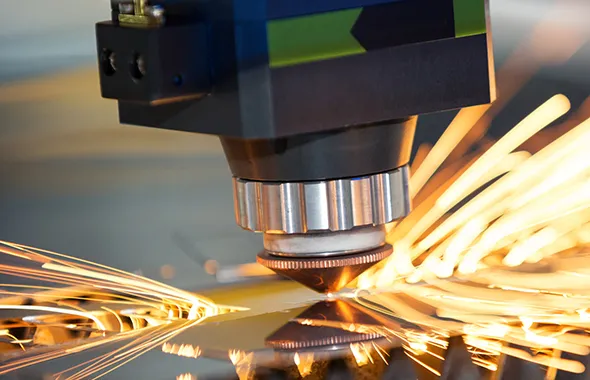
2.CO2 Laser Cutting Machines
CO2 lasers are versatile machines suitable for cutting both metals and non-metals. They operate by exciting a gas mixture to generate the laser beam.
Advantages:
◆Lower initial investment.
◆Suitable for cutting non-metallic materials like wood and acrylic.
◆Proven technology with decades of use.
Applications:
◆Signage and decorative items.
◆Furniture components.
◆Thin metal sheets.
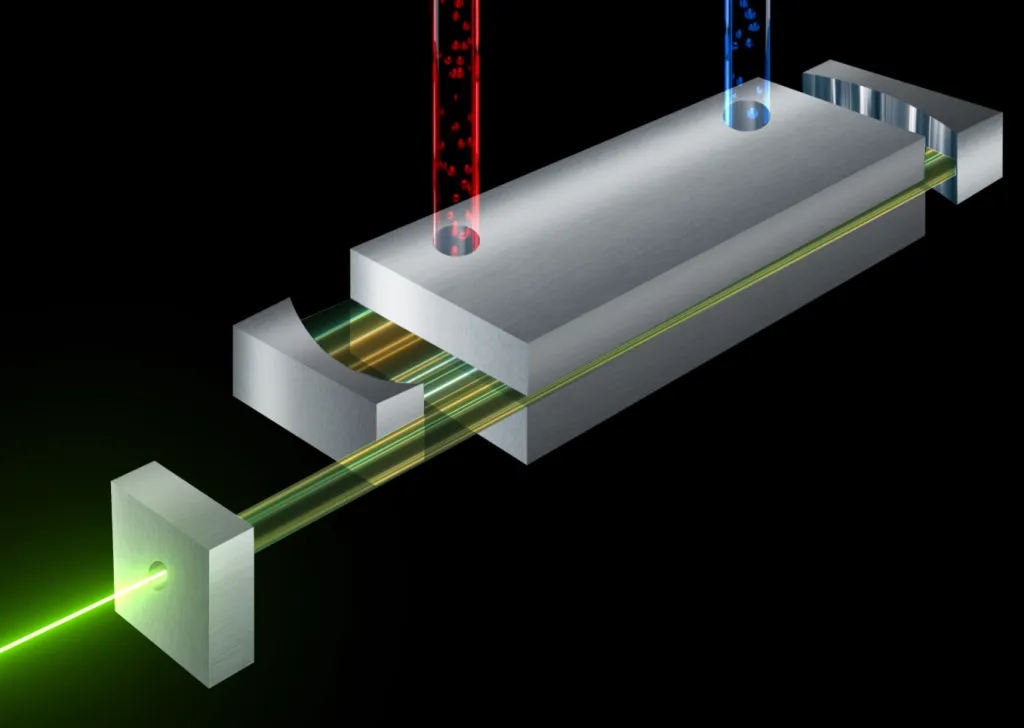
3. Direct Diode Lasers
Direct diode lasers are a newer technology, offering compact designs and energy efficiency.
Advantages:
◆High-speed cutting for thin metals.
◆Long operational lifespan.
◆Suitable for mobile applications.
Applications:
◆Automotive manufacturing.
◆Consumer electronics.
◆Light fabrication.
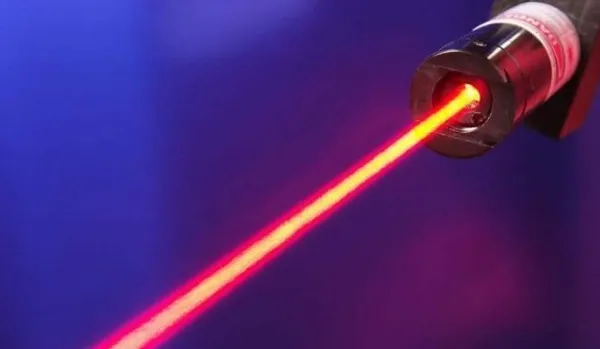
5.Metals Commonly Processed with Laser Technology
Metal cutting machinery laser systems can process a wide variety of metals, each with unique characteristics:
1. Mild Steel
◆Affordable and durable.
◆Used in automotive frames and structural components.
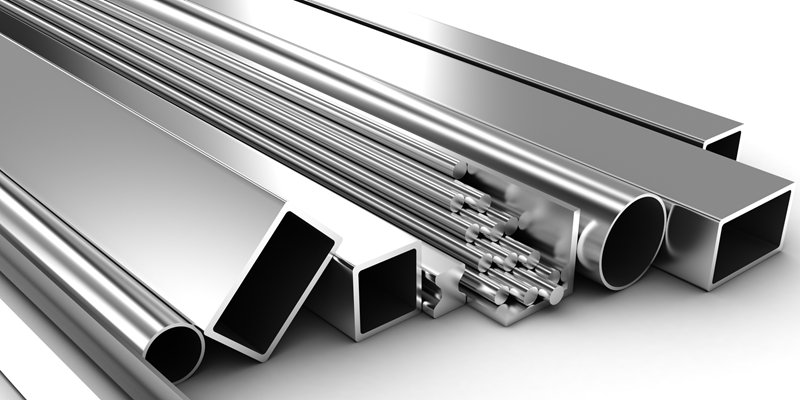
2. Stainless Steel
◆Corrosion-resistant and strong.
◆Common in kitchenware, medical devices, and architectural elements.
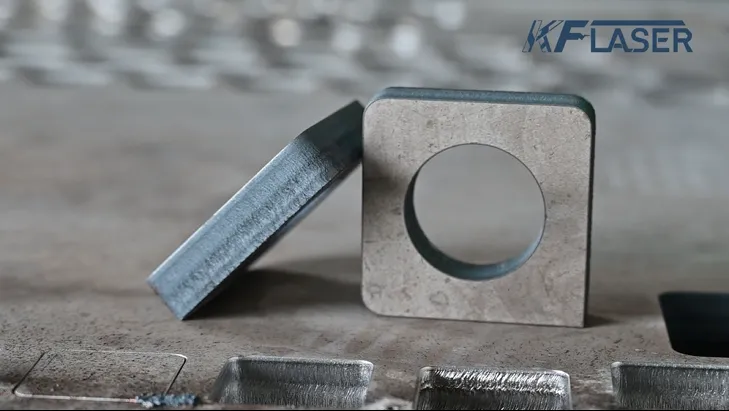
3. Aluminum
◆Lightweight and versatile.
◆Ideal for aerospace and automotive applications.
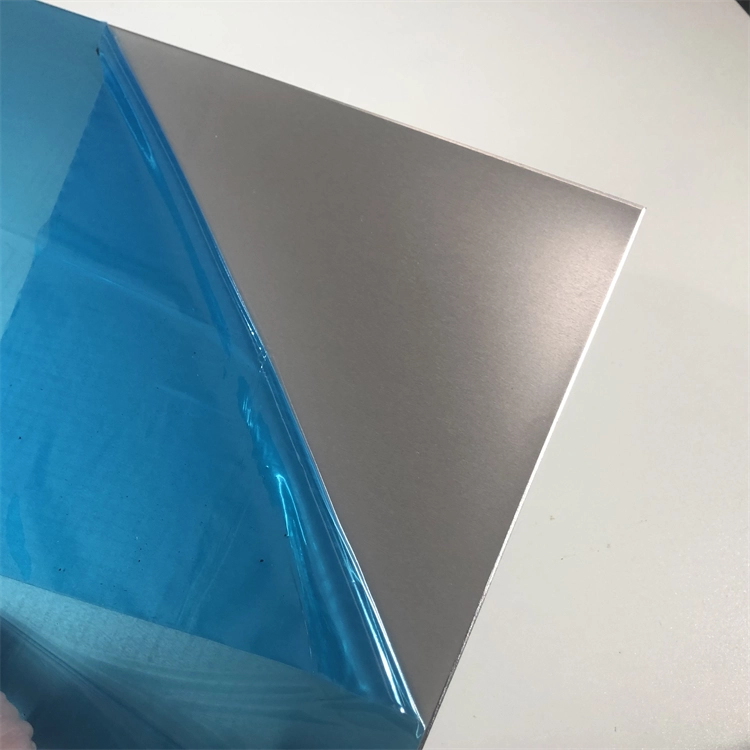
4. Copper and Brass
◆Highly conductive metals.
◆Used in electrical components and decorative items.
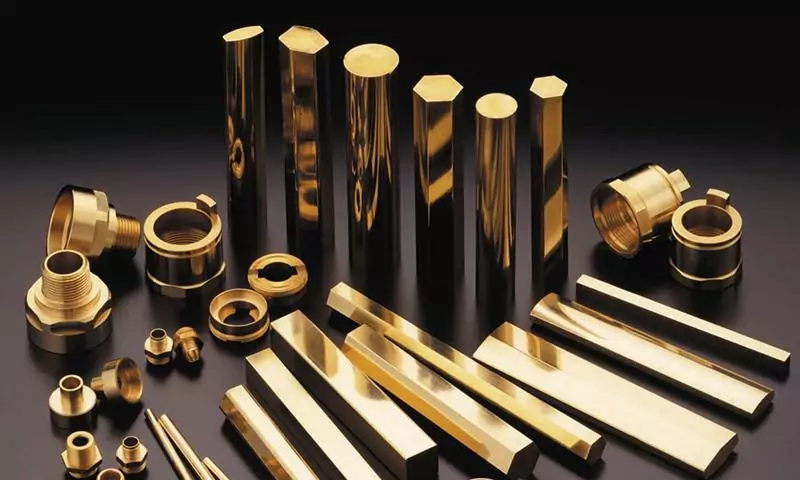
5. Titanium
◆Strong and lightweight.
◆Essential for aerospace and medical industries.

6.Advantages of Laser Cutting for Metal Fabrication
1. Precision and Accuracy
Laser cutting delivers consistent results with tolerances as tight as ±0.1mm. This level of precision is crucial for industries like aerospace, where even minor deviations can have significant consequences.
2. Speed and Efficiency
With cutting speeds of up to 500 inches per minute, laser systems significantly reduce production times. This speed translates into higher throughput and cost savings.
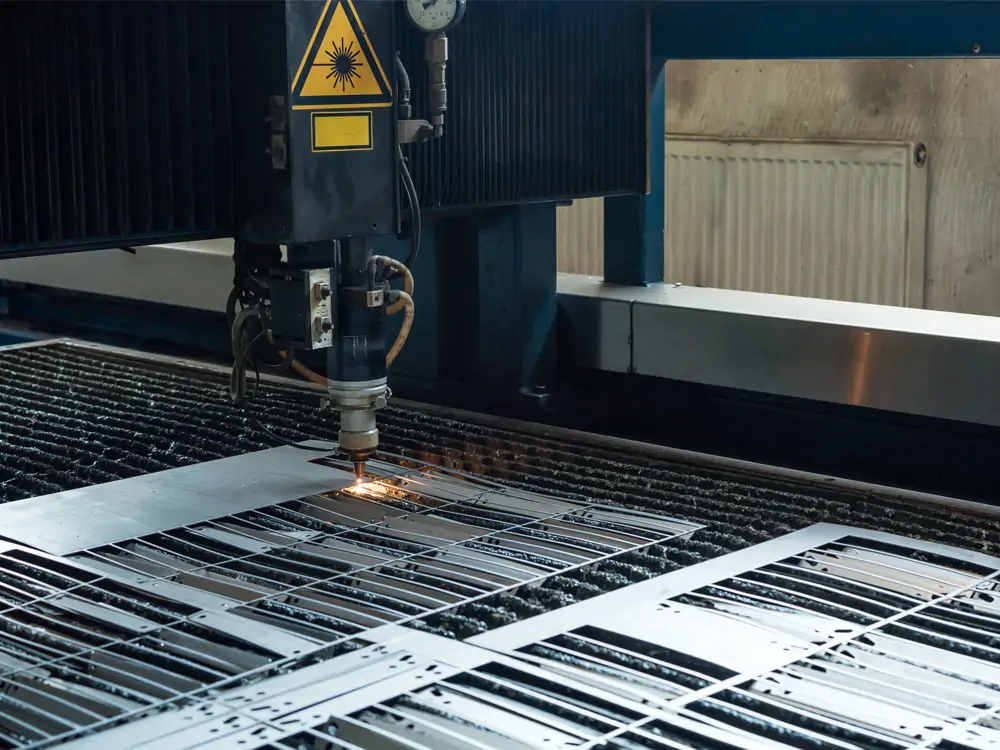
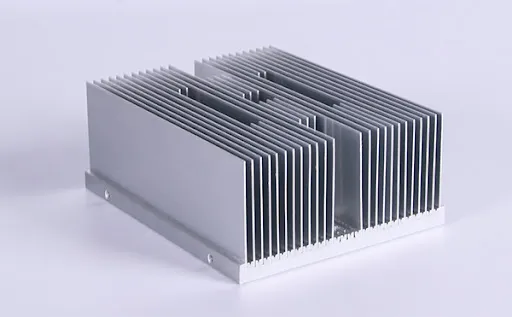
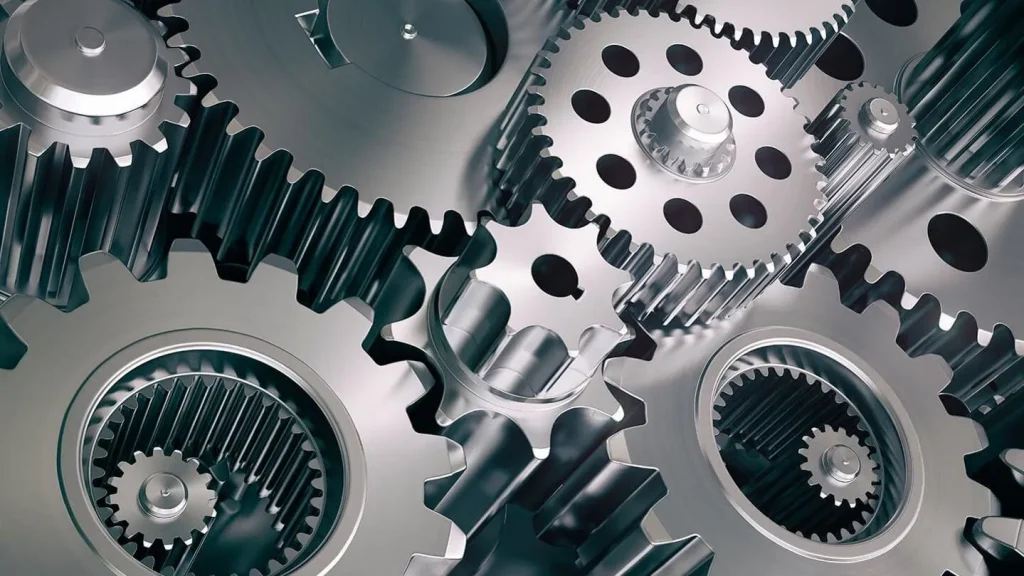

3. Flexibility
Whether you’re cutting intricate designs or large structural components, laser machines adapt seamlessly to various requirements.
4. Reduced Waste
Laser cutting minimizes material wastage, making it an eco-friendly option. Advanced nesting software optimizes material usage, further reducing costs.
5. Safety and Automation
Laser systems are highly automated, reducing the need for manual intervention. Built-in safety features, such as protective enclosures, ensure a secure working environment.
7.Emerging Trends in Metal Laser Cutting
The field of laser metal cutting is constantly evolving. Some of the latest trends include:
1.AI-Driven Systems:
Artificial intelligence is being integrated into CNC systems for predictive maintenance and real-time optimization.
2.Green Lasers:
New laser technologies focus on energy efficiency and reduced carbon footprints.
3.3D Laser Cutting:
Advanced systems now allow for three-dimensional cuts, expanding the possibilities for complex designs.

Top Stories
Product Categories
- Metal Laser Cutter
- Laser Welder Machine
- Laser Cleaner Machine
- Laser Marker Machine
- Press Brake Machine

